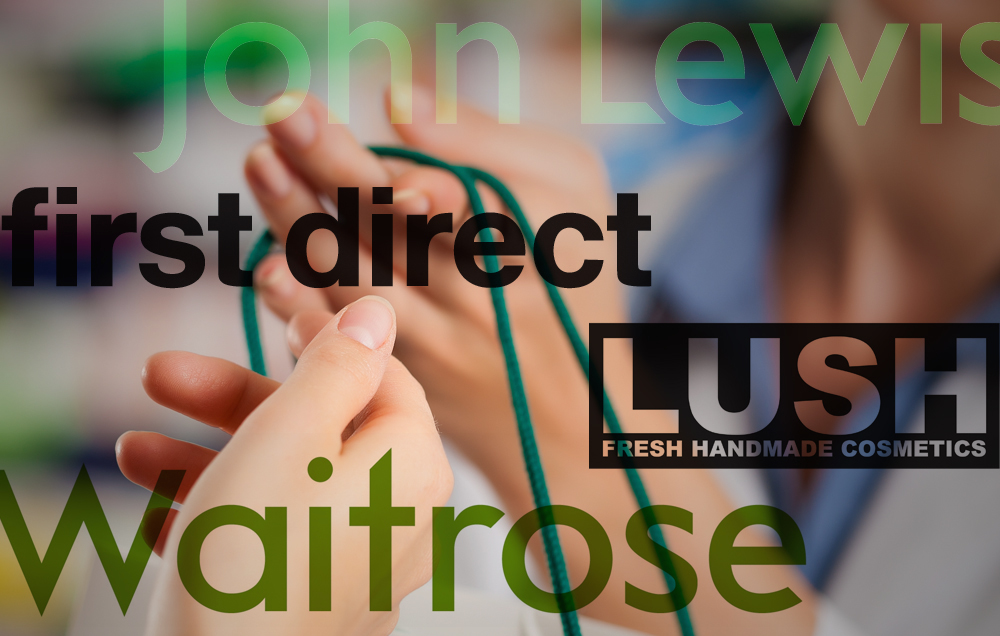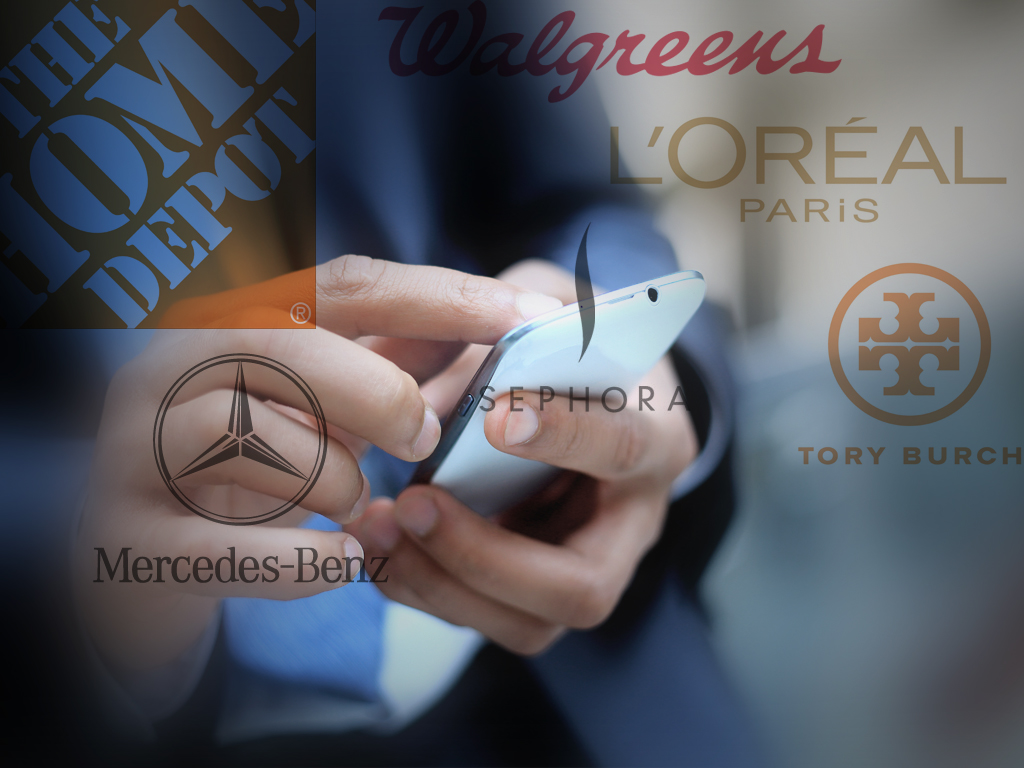Instead of simply telling consumers brand stories they may very well turn around and forget, marketers should strive to connect with consumers in more meaningful ways. That was the general hypothesis of MRY CMO David Berkowitz in an op-ed that cited Coca-Cola’s Share a Coke campaign as a good example of this concept of storymaking, or a brand “[facilitating] and [tapping] into the stories people are creating and sharing with each other” as the antithesis of storytelling and the marketing model of the future.
Here are four examples of brands actively storymaking rather than simply storytelling.
Adobe
At a recent Ad Age conference, Berkowitz said Adobe is a great example of this model as well – in which stories are about a consumer’s interaction with a brand. This concept is illustrated beautifully in Adobe’s 25 Years of Photoshop video.
The video, which includes graphic design work from properties like “Gone Girl”, “Shrek”, and “How to Train Your Dragon”, “[celebrates] the community of artists using the product for 25 years,” said Ann Lewnes, CMO of Adobe, adding that given the nature of the product, it is “easy for us to have our community participate in marketing activities.”
Fullscreen/‘Ouija’
Brand/content creator network Fullscreen focuses on content that is organic to platforms and meaningful to its target demographics, according to Ashley Kaplan, head of content at Fullscreen.
For the horror movie “Ouija”, for example, the network partnered with Universal Pictures to create a video in which YouTuber Kian Lawley disappeared after playing with a Ouija board with his friends. The video asked fans to submit info about his whereabouts with the hashtag #OuijaWhereIsKian.
Per Kaplan, the resulting campaign had 3 million Vine views and more than 7 million tweets.
“But it was the content of the tweets that surprised us,” she said. “We know [influencers] can have an outsize effect, but can we convert affinity for the creator to affinity for the brand?”
In this particular case, Kaplan said the answer was yes as engagement was around the movie rather than the influencer himself and the film went on to open at box office with over $20 million.
Fullscreen works with creators/influencers because “the audience that wants to consume content across multiple devices,” Kaplan said.
Her advice is to “unite the personal with the social” and “across every platform, the brand should start conversations and allow the community to respond to it.”
Burger King
Burger King talks a lot about storymaking and prefers to sort of take a step back and let consumers take the lead, according to CMO Eric Hirschhorn.
“I love this idea that the science of storymaking is…subject to the laws of inertia that any physical object is subject to,” he said. In other words, it takes a lot of momentum to make storymaking both start and stop.
“The risk profile of starting a new conversation is really high for us as a brand,” Hirschhorn said. “It’s much more effective to insert ourselves into a conversation that already exists.”
He uses the example of Burger King’s Chicken Fries, which is a menu item the brand recently brought back after learning via agency Code and Theory that consumers were clamoring for it online.
The brand looked at the relevant ways in which its target audience (13- to 18-year-olds) talk, which Hirschhorn said is mostly through emojis, and decided to insert itself into those conversation via its own Chicken Fries emojis.
“It was quite obvious for us that was our campaign,” he said.
In addition, Hirschhorn said he doesn’t want to become “preachy” and tell consumers what to think about the Burger King brand.
“What’s most effective is to give people the freedom to have an opinion about your brand,” Hirschhorn said. “And I don’t think negative sentiment is necessarily a bad thing. It’s richer territory rather than telling them one way to feel.”
Visa
Per Chris Curtin, chief brand and innovation marketing officer at Visa, the Visa Checkout app, which allows merchants to implement a native in-app checkout experience for iOS and Android-based devices, was modeled after the United Airlines app, which was built with the airport traveler in mind who is dragging a suitcase and only has one hand available.
To illustrate the ease of use of the Visa Checkout app, Visa created a video with a surfer ordering pizza from the app:
Visa also create a video with football player Larry Fitzgerald catching passes while ordering jerseys.
What’s more, the brand worked with football players Odell Beckham Jr. and Drew Brees to record the first world record for the most one-handed catches in one minute.
This, Curtain said, has inspired consumers to shoot their own one-handed record videos.
“We wanted to connect the idea that we had a product to be used with one hand with merchants in particular,” Curtain said. “And the swipe is a frictionless payment experience even though there’s massive amounts of friction baked into the process.”
So what do other brands need to know that want to make stories along with consumers?
1. Brands Need Enthusiastic Fans
“I think brand love leads to storymaking,” Lewnes said. “If they’re not very attached to you, it will be difficult to have them tell stories.”
Plus, she notes, given the democratization of video-making and photo-taking and how easy it is for consumers to create content, brands should be enticing them.
“It doesn’t necessarily have to be through some form of competition,” Lewnes said. “[But] we’re in a unique spot because the people who buy our product tend to be creative, so the ability to get them to participate is so much easier than ever before.
2. Brands Need To Listen
“We’re not a creator. We sell burgers and fries, so I think it’s hard to drive participation,” Hirschhorn said. “I think it’s important to listen and start to participate in conversations that already exist around things that matter.”
3. Brands Need To Collaborate
“Not all content we produce is premium, but we witness a premium relationship, which is the peer-to-peer relationship between [influencer] and audience,” Kaplan said. “So it’s about working with that creator, listening about what is organic and working with the brand partner to inject initiatives and messaging.”


